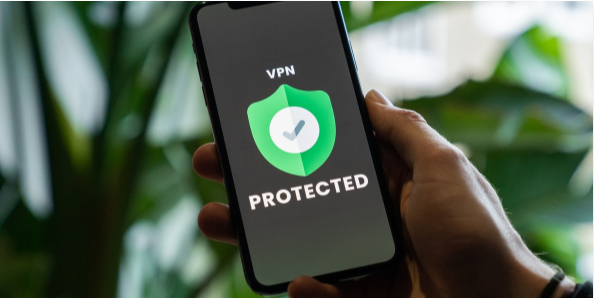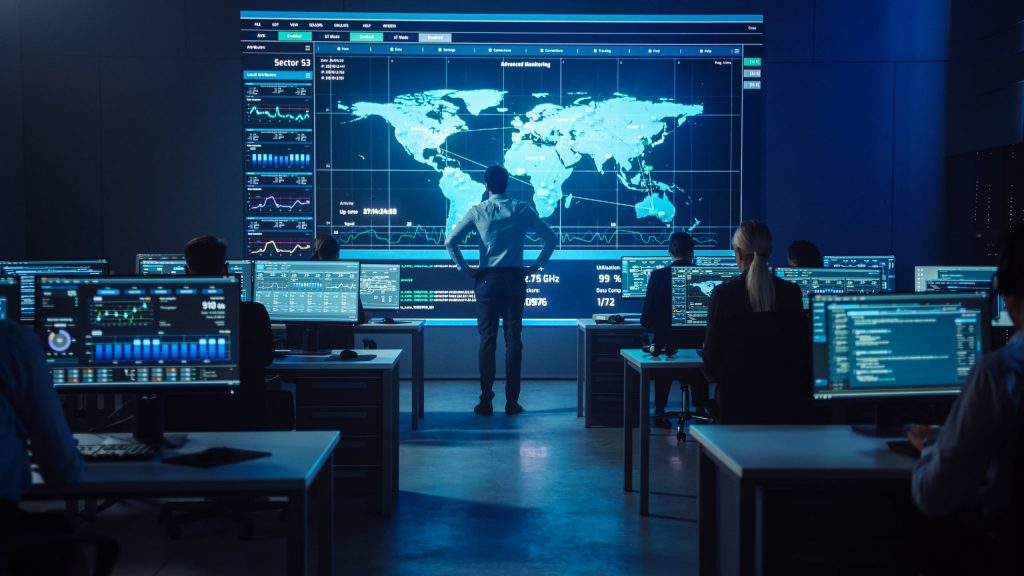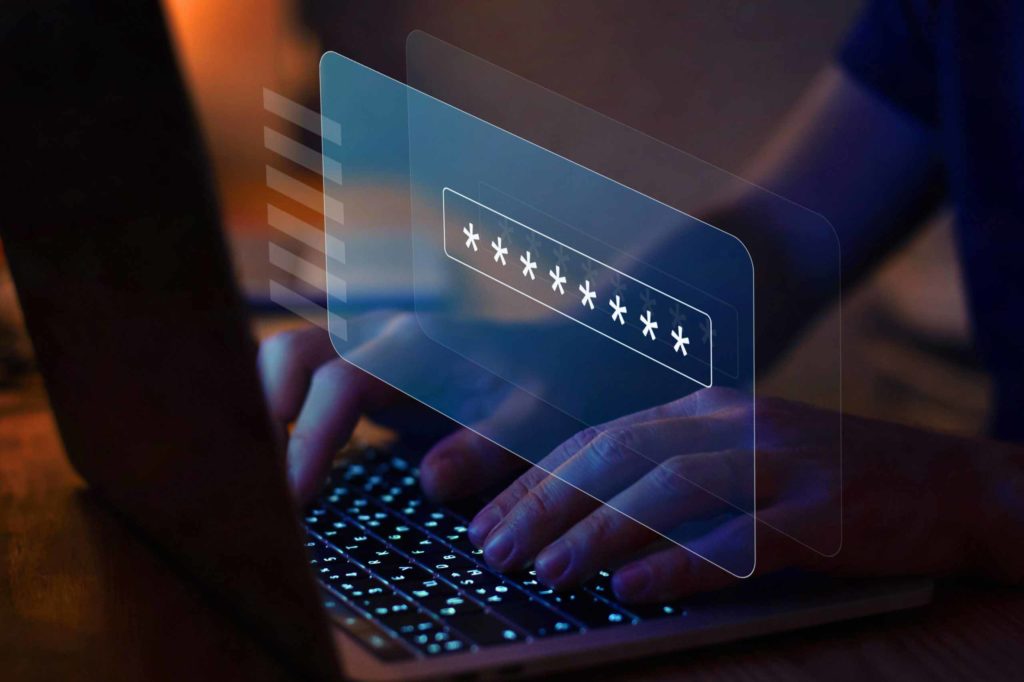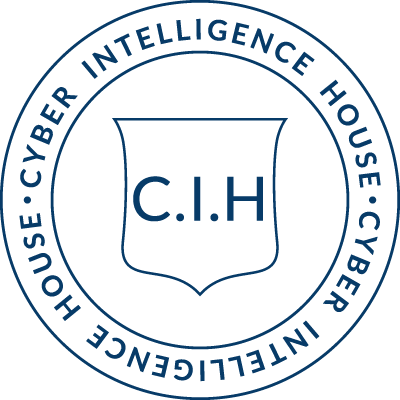Cybersecurity Management

Cybersecurity Management is the process of assessing and managing the risks associated with your organization’s cybersecurity vulnerabilities.To achieve security assurance, cybersecurity management is an organisation’s capability to use a range of controls, strategies, processes, and social approaches to protect its information-processing systems and assets. Today’s information-intensive and fast paced environment shapes how organisations use assets […]
Hoxhunt and Cyber Intelligence House announce partnership to connect Cyber Threat Exposure with Employee Cyber Awareness

HELSINKI, FINLAND and LONDON, U.K., November 11, 2021 – Hoxhunt, a premium enterprisecybersecurity awareness training platform, and Cyber Intelligence House, a leading provider of cyberintelligence, today announced a first-of-its-kind partnership designed to equip organizations withunprecedented protection from email attacks leveraging advanced insight across their dark-web-toemployee-inbox lifecycle. Hoxhunt’s CEO, Mika Aalto stated:“This partnership with Cyber Intelligence […]
What Type Of Threats The Dark Web Poses For Business?

The dark web refers to the internet’s encrypted areas known for providing anonymity to the hacker. The dark web is a subset of the deepweb. It is intentionally hidden, requiring a specific browser—Tor.
This part of the internet isn’t visible to search engines and requires the use of an anonymizing browser like Tor to be accessed.
Everything You Need To Know About Cybercrime Services in the Dark Web

Cybercrime has been a growing threat for decades, ever since the Internet became widespread. Some news reports suggest that nearly 80% of organizations in the USA were the victims of an online attack in 2020 alone. For this reason, you must understand what the capabilities of people online are, so you can try to combat them.
How to do VIP and executive protection with CIH Cyber Exposure Platform

Threats arising from cyberspace pose risks to both VIP individuals and the companies they associate with. Executive and VIP protection has traditionally been associated with physical security, but today, criminals target VIPs to gain access to high-value assets, to impersonate them in phishing campaigns (spear phishing attacks) or use their names and data in other fraudulent activities.
The Cyber Security Manager Part III:

Cybersecurity managers must understand how company leadership is organised around security. They have to understand how the company leadership structure works and recognise that security is everyone’s concern—not a separate function relegated to a select few.
The Cyber Security Manager part II:

A good cybersecurity manager must understand both the organisational structure and the power structure of the organisation they work in. This is essential. If the cybersecurity manager doesn’t know who makes the final decisions, who controls the money, and who the key influencers are, it will be difficult to be effective in the cybersecurity manager role.
The Cyber Security Manager part I:

The ideal situation: a newly hired cybersecurity manager reports for duty and, on his or her first day, is presented with a set of specific expectations and detailed objectives for cybersecurity set forth in a clearly written cybersecurity plan.
Risk Part IV:

In an ideal world, the IT cybersecurity manager will know the major of continuity risks a company faces and will have preparations in place to make sure nothing that disrupts critical processes ever happens. But if a disaster does occur, the cybersecurity manager needs a plan for that as well.
Risk Part III:

Risk management is a practice, a profession, and a bit of a science. It also has measurable, real-life effects. What Is Risk? The basic formula of risk says that it is the probability that something unwanted will happen multiplied by its total impacts.
Risk Part II:

Securing a budget is one of the most important goals for the cybersecurity manager, but the numbers will be meaningless if the company doesn’t understand the risks the cybersecurity plan seeks to mitigate. Almost anything the cybersecurity manager wants to get done requires them to demonstrate an authentic risk.
Risk Part I:

Risk is inherent in every decision that a person makes in life. When you cross the street, you might be run over by a bus. Eat at a restaurant, you might get food poisoning. Risk is everywhere, especially in business. In this article, we’ll look at different methods for understanding and communicating those risks, especially in the face of resistance.
Protect IT Infrastructure Part II:

A vulnerability is a security weakness in a system or service, usually one that can be exploited somehow. Exploitation means an attacker can try to take advantage of that weakness and may gain something in return—usually access to the system or information that he shouldn’t have access to.
Protect IT infrastructure Part I:

Companies must protect IT infrastructure, including cloud services, internally maintained servers and related equipment, computers, and other internal and external networking resources. From a security point of view, IT infrastructure used to be like a medieval castle with a wall around it and one big gate for entry and exit.
Cybersecurity development plan Part III:

Because every move the cybersecurity manager makes must be supported by resources, the topic of funding is never very far from a cybersecurity manager’s mind. They will want to get to know the most powerful person in finance, the CFO, or chief financial officer. CFOs have tremendous influence over how effective a cybersecurity manager can be in her job.
Cybersecurity development plan Part II:

When the cybersecurity manager has created a solid cybersecurity plan, after meeting with department heads and senior executives, putting together a current assessment of risks, and identifying compliance issues, he comes away with a detailed to-do list that can move the company forward on security. The work is not done, though.
Cybersecurity development plan Part I:

As soon as the cybersecurity manager has a firm understanding of the structure of the company and the current security liabilities, the next step is to create an effective cybersecurity development plan. This plan will provide a blueprint of actions to help them move forward in securing the company’s data.
Know the Current Liabilities

Before the cloud, everyone had his or her own little medieval IT castle—the data centre. Much like a real castle, it had a perimeter wall (network edge), a gate with guards who allowed or blocked access (firewall) and different defence zones within the walls (network segments). It was pretty simple to identify liabilities—they came from the guys trying to ram in the castle door.
HR and security part II:

When hiring a new employee, most companies fail to do the most basic security checks. They usually don’t even check the applicant’s official ID. So really, the person showing up for work could be anybody.
Most companies also fail to verify the applicant’s claims. Many, if not most, of the CVs that companies receive don’t accurately reflect the truth. They aren’t necessarily fake, and there’s some truth to most of them, but CVs sometimes exaggerate or misrepresent a candidate’s experiences.
HR and security part I:

The human resources department helps the company find people, hire them, train them, fire them, and manage the whole personnel process. For some reason, there are a lot of jokes about HR people being evil, maybe because they control people’s careers. But they are essential to any organisation.
Assets and Access Part III:

We love it when companies start focusing on cybersecurity. Too often, though, the new focus distracts companies from basic security measures that have to be taken care of, no matter what, like physical security.
Assets and Access Part II:

Cybersecurity managers spend a lot of time thinking about when, and how, to deny or allow entry to certain systems or resources, from digital access points or physical entryways like IT systems, cloud services, elevators, and even doors. Access control is an essential element of security.
Assets and Access Part I:

Security tools and increased awareness are key to keeping a company secure, but many companies also need help with a basic question: What, exactly, are they protecting? Many companies simply don’t know what they have and what they need to protect.
Compliance Part III:

Security concerns can be split into two camps: internal and external. Internal includes all the systems inside the company’s walls that the company or organisation has direct control over. Handling internal security is easier than handling external security because it’s within the company’s domain and control.
Compliance part II:

Policies might not sound glamorous, but they are the foundation of the security management structure in the company. A cybersecurity manager who doesn’t start here is, frankly, likely to fail. Management support and approval for the cybersecurity manager lays the foundation for information security throughout the company.
Compliance part I:

Compliance does not equal security. It’s not necessarily good for the business, not always anyway. Everybody in the industry has to do it, but doing it too diligently can actually reduce your competitive advantage. We think of compliance as a necessary evil. The big question for a cybersecurity manager is how much compliance is mandatory?
Cyber Intelligence House and Cyberwatch Finland Sign Agreement Intended to Aid in AI-based DARKSOC™ Service

January 24, 2022, Helsinki/Singapore – Cyberwatch Finland, the leading strategic cybersecurity analysis company, announced today that it has chosen Cyber Intelligence House astheir Cyber Exposure Platform for the new real-time situational awareness serviceDARKSOC™.A traditional SOC (Security Operations Center) is a facility where a coordinated group ofInfoSec professionals monitors and defends all enterprise information systems against […]
